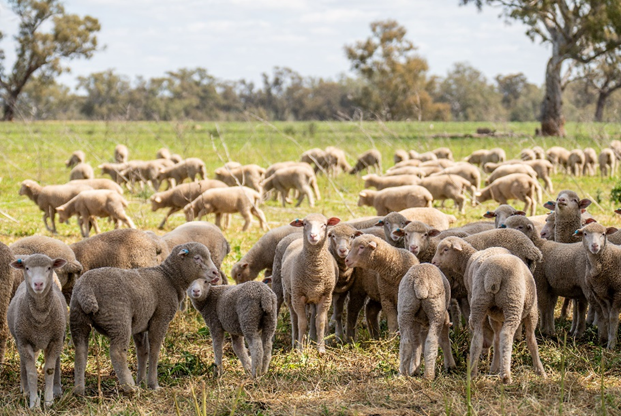Transporting weaner lambs

- Carefully manage weaning: It is best to ensure weaner lambs are managed carefully at weaning time. Effective management of weaning supports lifetime productivity of lambs and their ability to cope with new and challenging environments.
- Do not wean lambs onto a truck: This is a poor animal husbandry practice. There is a risk they will panic and smother in the unfamiliar environment, combined with the stress of being separated from their mothers.
- Consider the journey: When planning the journey with your operator, consider journey length and weather conditions.
- Risks in extremes of weather: intense rainfall combined with airflow through the crate in cold temperatures can exacerbate the cold conditions and presents an increased risk for young animals in particular.
Resources:
Fit to load checklistBefore livestock are loaded, ensure you complete this checklist. Remember, it’s your responsibility to ensure animals are fit to load and fit for the intended journey ahead of loading. The animal:
Note: If the animal was grazed on lush green pasture, ensure it was removed from the paddock well in advance of loading and provided with access to adequate roughage (where possible). Make sure the animals are prepared in the best way possible, noting water curfew is very important when transporting goats. Ensure paperwork is completed and facilities are safe, operational and ready for when the truck arrives to load your consignment. |


